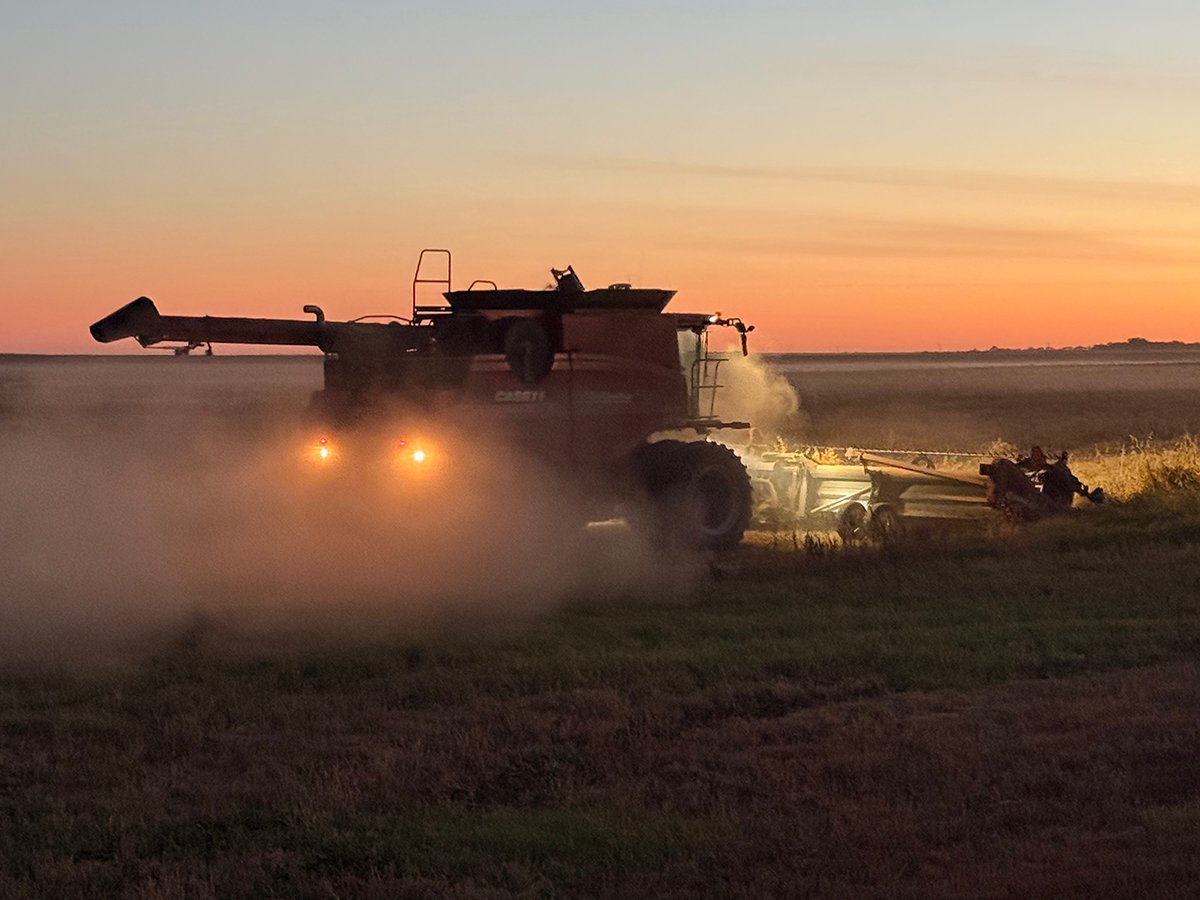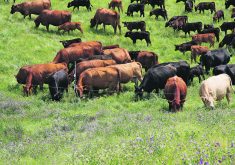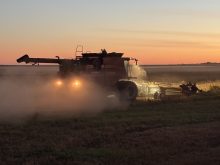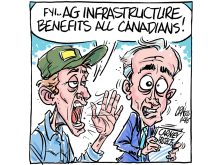Goody credits; Sticks & stones; Tracking history
Goody credits
Carbon trading is absolute nonsense. Polluters want to buy credits so they can go on polluting.
This is like someone who wants to rob a bank, but this would get him in trouble. To avoid this, his old granny, who has never done a bad thing in her life, is loaded with goody credits. The would-be robber buys some of granny’s goody points so now he can go ahead with his robbery plan because he has all these goody points and he can’t be charged.
Read Also

Downturn in grain farm economics threatens to be long term
We might look back at this fall as the turning point in grain farm economics — the point where making money became really difficult.
This carbon trading is a pile of you-know-what. I won’t say the bad word because I don’t have the trading points to cover it.
– T.E. Finnson,
Arborg, Man.
Sticks & stones
Sticks and stones may break your bones, but names will never hurt you.
Not so, says the pork industry. They do not like the term swine flu being used. In fact, they successfully convinced the World Health Organization to use the reference H1N1 rather than swine flu.
To my recollection, no similar controversy was published when mad cow disease, avian flu, West Nile virus or Asian flu made the headlines. They also had appropriate scientific technical titles. No complaints, though, as to how they were identified.
Then there was the Spanish influenza in 1918-19, which (caused) the deaths of 20 million people. History does not record any complaints of that particular title.
In my opinion, the CBC and others are right when they refer to the virus as swine flu. They are simply calling a spade a spade and basically avoid public confusion.
Let’s face it, the term H1N1 is only for damage control.
I do not understand how the negative impacts on the hog industry would be less if the response was different. Consumers of meat make their own personal decisions, as they did in the past with the previous beef and chicken situations.
Using the laboratory scientific name rather than the pig version title implies that people will react and be fooled to make a pork selection choice.
The final straw that broke the hog’s back, in my view, was not the H1N1 scare as some suggest. I believe it was the actions of our governments.
When governments, including Manitoba, decided to support and sponsor ethanol plants, the price of relatively cheap grain sky-rocketed. The hog producers had to pay much higher prices to feed their animals. There was no more cheap feed from the agricultural grain producers.
This leads me to conclude that our federal and provincial governments, by sponsoring ethanol fuel plants, created a detrimental situation that was instrumental in the eventual downfall of the hog producers and their industry.
With our government contributions of burning the candle at both ends, so to speak, the hog industry ended up getting burned.
– John Fefchak,
Virden, Man.
Tracking history
I am interested in the history of my local community as well as family history.
In my research I have learned a few things over the years. Cemeteries and burial records can be invaluable sources of information for those interested….
Cemetery contracts may contain dates and place of birth and death, last address of residence, cause of death, location of interment. It is interesting to learn who signed a cemetery contract, particularly if it was a long time ago.
A graveyard reads like a history book. Many of the pioneers who developed the local town or community lay at rest here. Many of the names are familiar.
Some gravesites are well taken care of while others are long forgotten. Perhaps they have no family members left to visit them or the family has moved away or perhaps they just don’t care.
Local churches, libraries, museums, funeral homes, old municipal maps, the Federal Bureau of Statistics, veterans’ affairs and city halls can also hold valuable information in their archives. The provincial archives have homesteading papers and more.
Of course, family members are good sources of information, especially the older generation. Question them while you can, before that portion of history is gone forever. This cannot be overemphasized.
Recently, I have been researching information about local one-room schoolhouses. Photographs from that period are scarce. There are some stories from neighbours of their old school days and a wee bit of memorabilia.
This is an area where this type of history is rapidly disappearing and should be preserved before it is gone. Many old records were lost or thrown out when these schools closed.
Old family documents and photographs should be copied and dispersed to others so that if something happens to the originals, at least someone else will have copies and that part of history will not be lost forever.
This goes for all types of historical photographs, records and documents.
– Mitchell T. Wlock,
Yorkton, Sask.
















